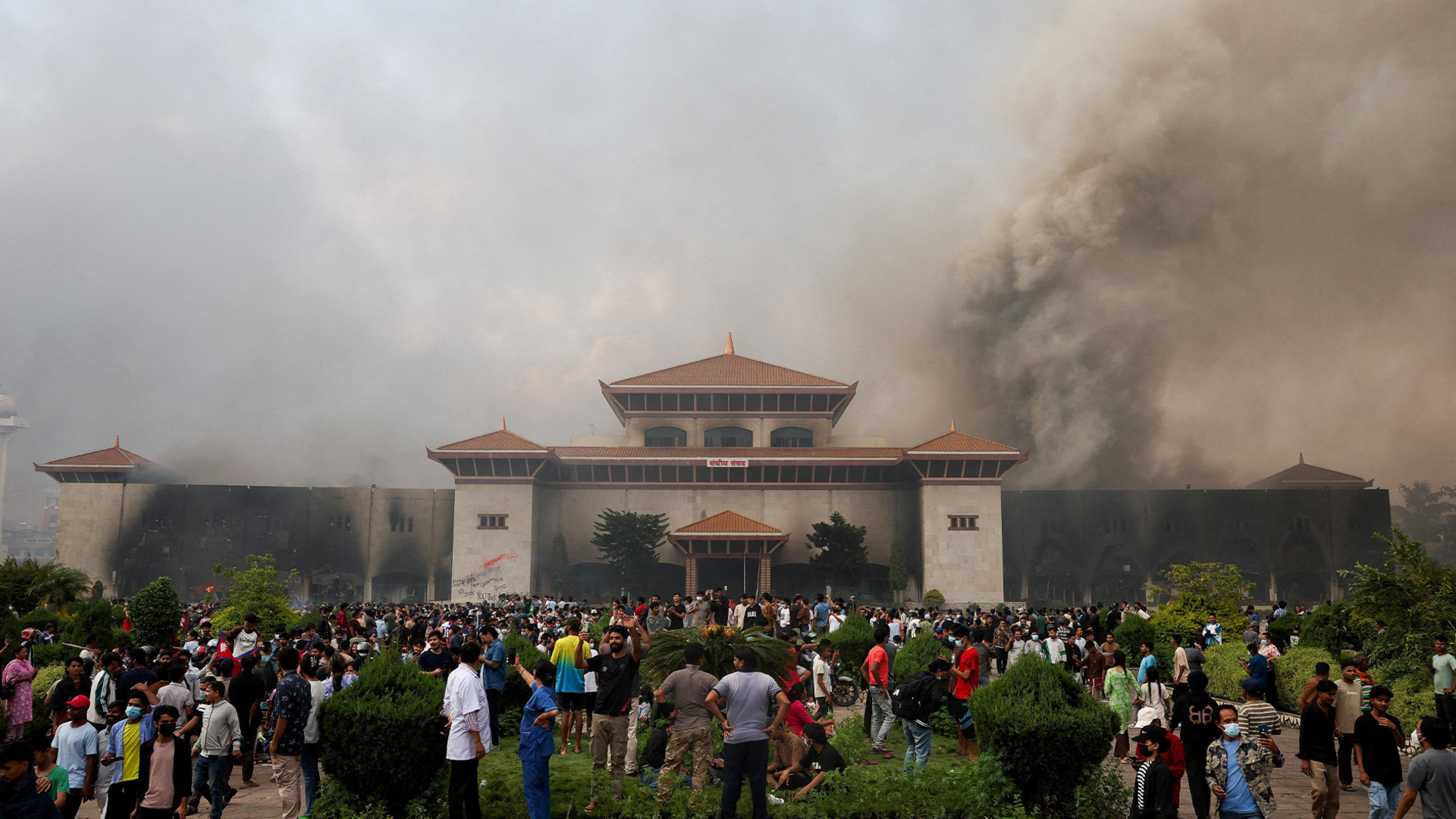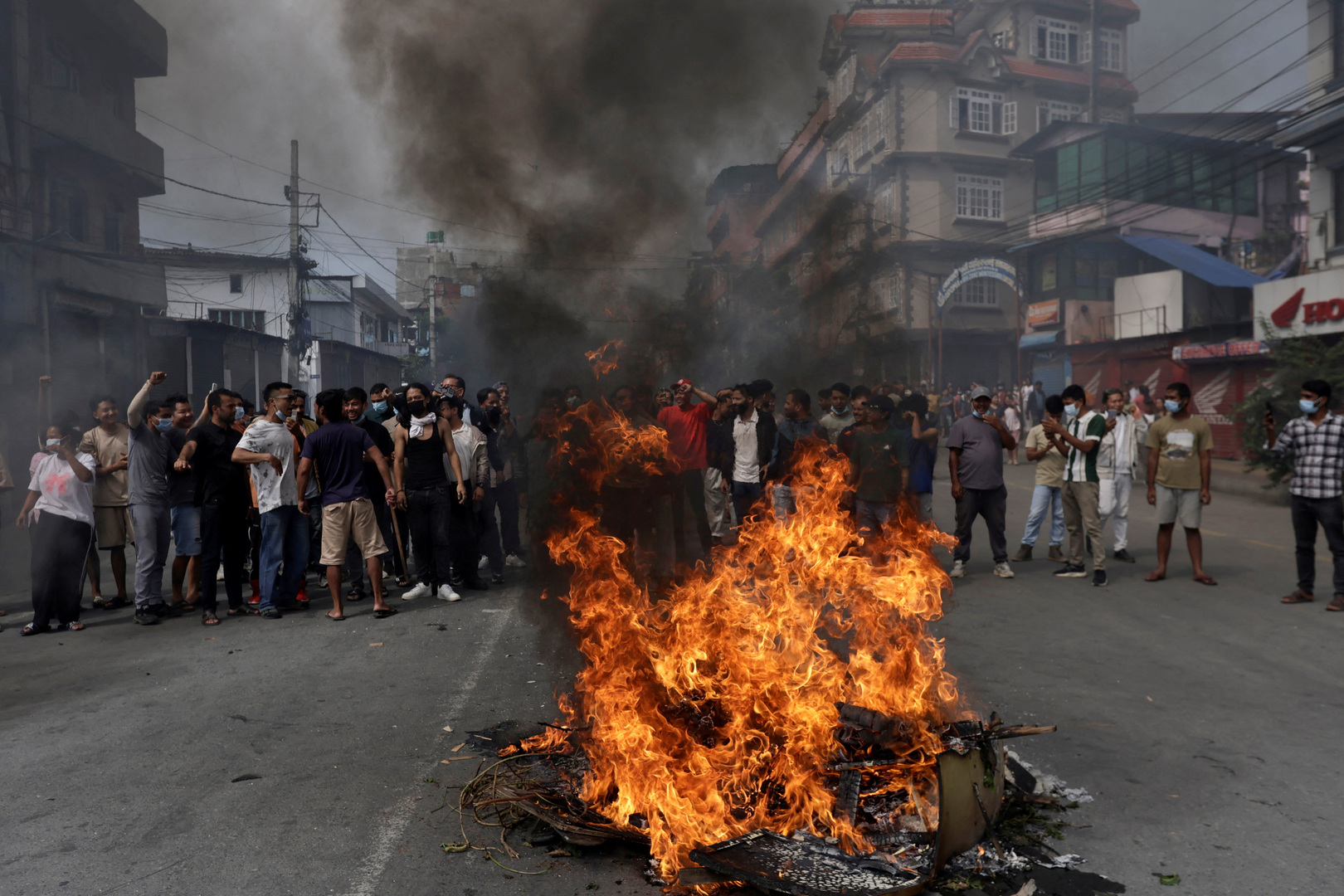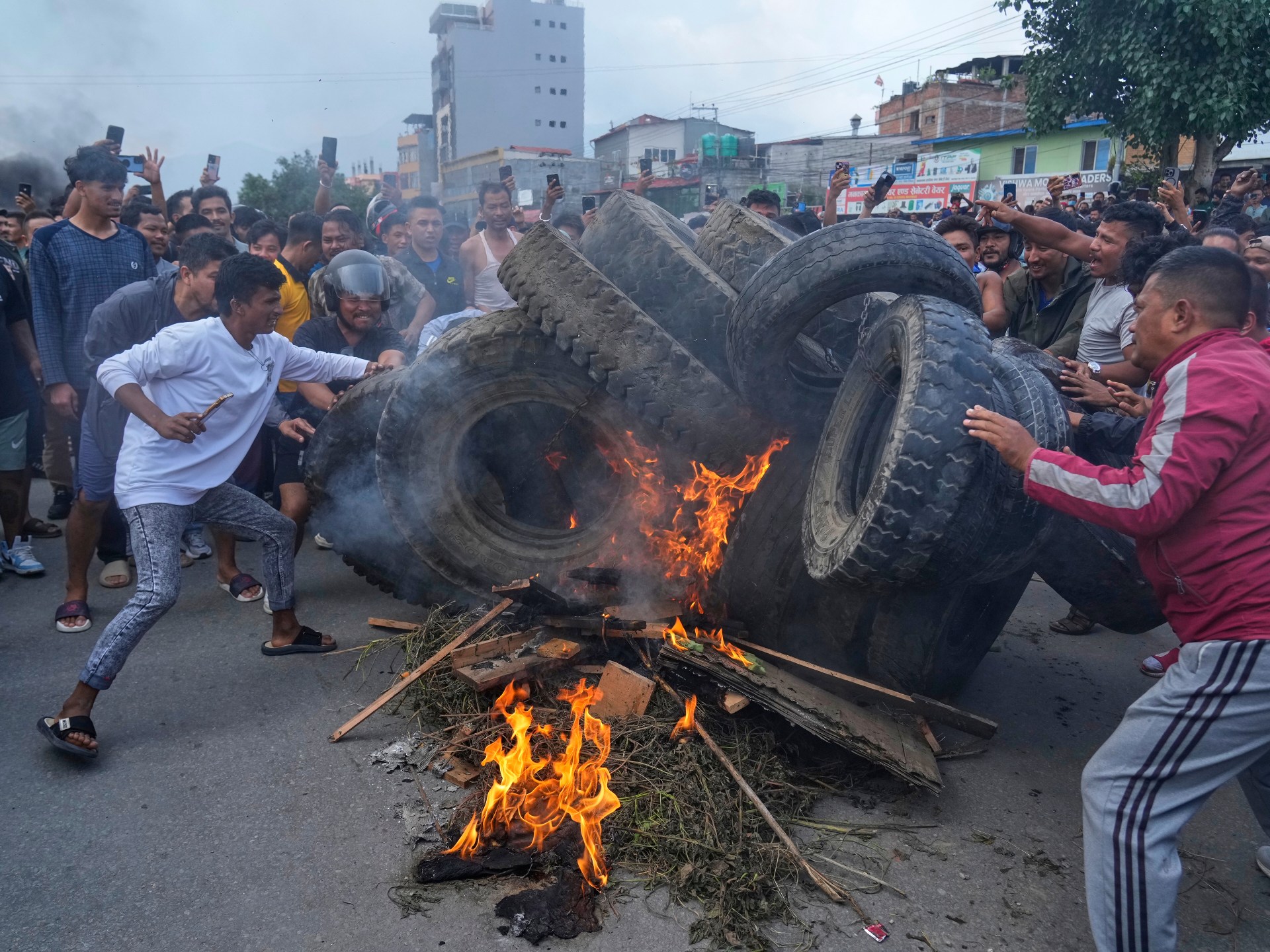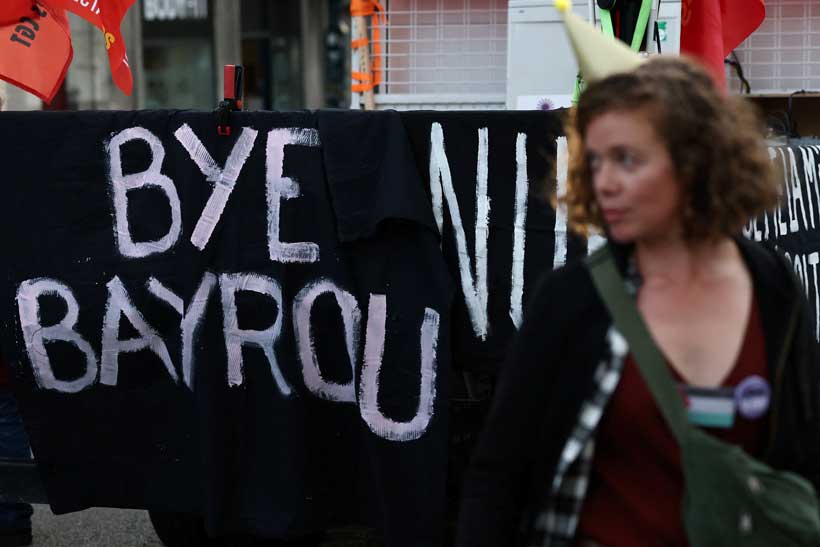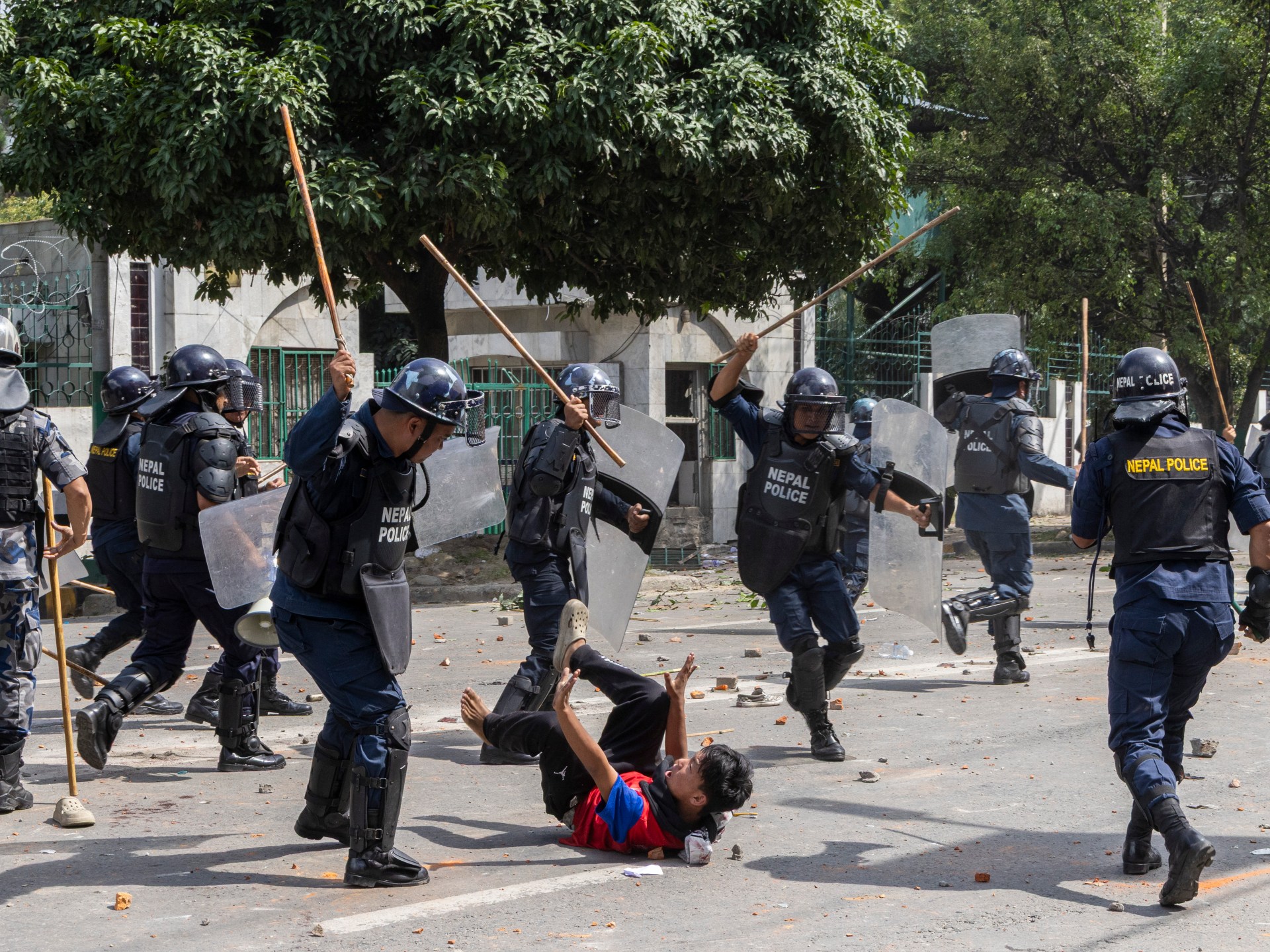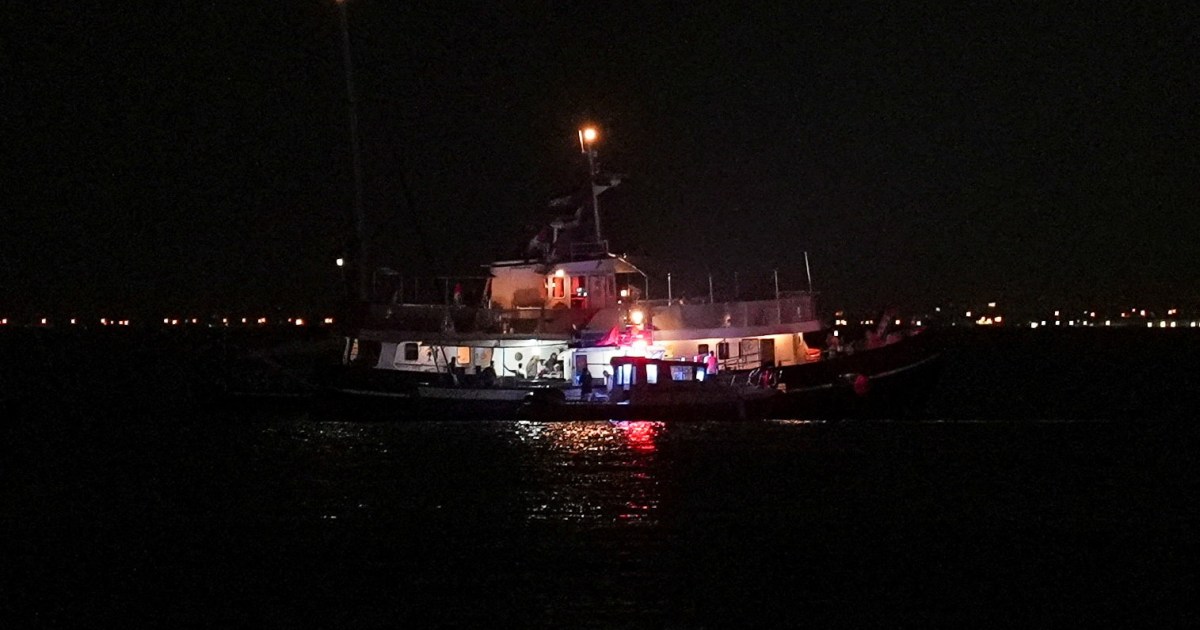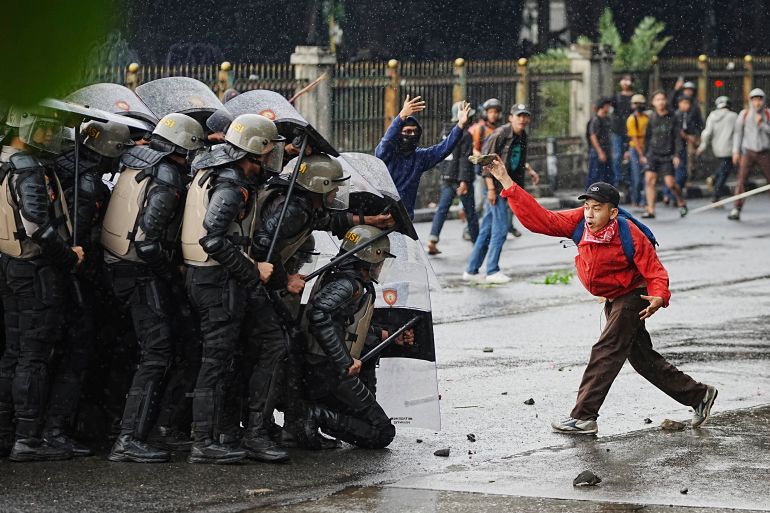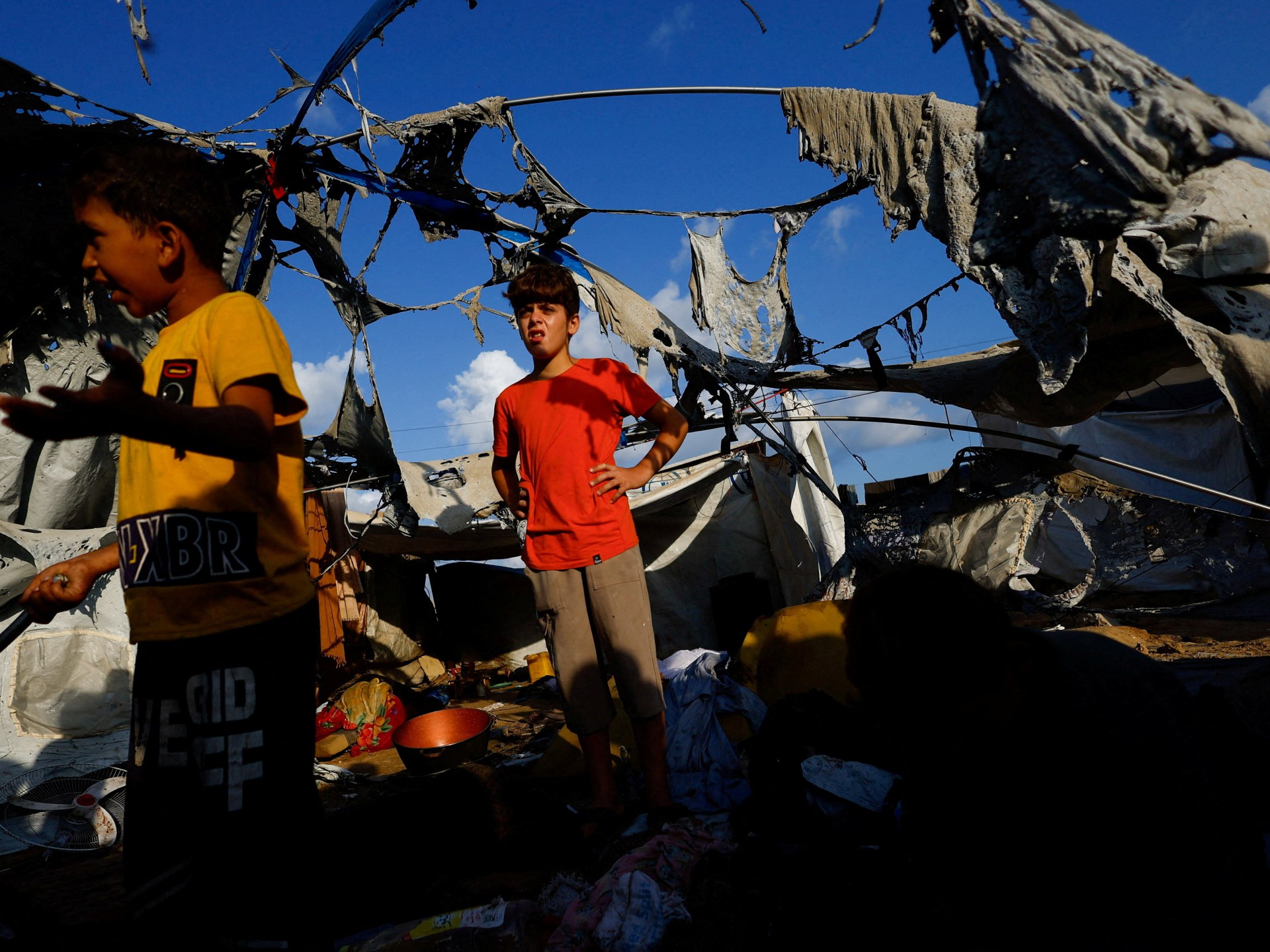GBU-57 Massive Ordnance Penetrator’s Replacement Prototypes Just Ordered By USAF
The U.S. Air Force has awarded a contract for the development and production of a new Next Generation Penetrator (NGP) bunker buster bomb. NGP is the planned successor to the 30,000-pound GBU-57/B Massive Ordnance Penetrator (MOP), which became a household name after its first-ever real-world use against deeply-buried nuclear facilities in Iran during Operation Midnight Hammer earlier this year.
Applied Research Associates, Inc. (ARA) recently announced that it had received the new NGP contract from the Air Force Life Cycle Management Center’s (AFLCMC) Munitions Directorate at Eglin Air Force Base in Florida. ARA will be working on the new bunker buster bomb in close cooperation with Boeing, the current prime contractor for MOP. The stealthy B-2 bomber is currently the only aircraft cleared to employ MOPs operationally, and can only carry two of them on a single sortie. The future B-21 Raider stealth bomber is smaller than the B-2 and is expected to be able to carry a single MOP. Both the B-2 and B-21 could be in line to carry NGPs depending on when that munition is fielded. You can read more about the history of MOP in this past TWZ feature.

Under the 24-month deal, ARA will “serve as the System Design Agent for the development of a prototype air-to-ground Next Generation Penetrator weapon system,” according to a company press release. “ARA will also produce and test sub-scale and full-scale prototype munitions. This effort will evaluate capabilities against hard and deeply buried targets that pose critical challenges to U.S. national security.”
In addition, “leveraging decades of experience in guided and penetrating munitions, ARA will lead design maturation, while Boeing will drive tail kit development and support all-up-round integration.”
A specialized tail unit, designated the KMU-612/B, which contains the GPS-assisted inertial navigation system (INS) guidance package and other systems, is a key component of the current MOP. A BLU-127/B penetrating “warhead” is combined with the KMU-612/B, as well as other components, including advanced fuzes designed to help produce the maximum destructive effect after burrowing deep down to a target, to create a complete GBU-57/B bomb.

Further details about the NGP’s expected capabilities remain limited. A contracting notice that the Munitions Directorate at Eglin put out in February 2024 called for a bomb with a warhead weighing 22,000 pounds or less and that would be “capable of blast / frag[mentation] / and penetration effects.” However, the notice did not specify a desired gross weight or prospective dimensions for the entire munition.
The notice also called for a “terminal accuracy” of “CE90 w/in 2.2m both in GPS aided, degraded, and denied environments.” In layman’s terms, this means the munition needs to hit within 7.2 feet (2.2 meters) of a specified impact point at least 90 percent of the time, which is a very steep demand. GPS-assisted INS-guided Joint Direct Attack Munition (JDAM) bombs, on average, can hit within 16.4 feet (five meters) of designated target coordinates under optimal conditions, but this can grow to nearly 100 feet (30 meters) if GPS connectivity is lost, according to the Air Force.
“The USAF will consider novel, demonstrated, or fielded Guidance, Navigation & Control (GNC) technologies with viability for integration into a warhead guidance system design that can achieve repeatable, high accuracy performance in GPS aided, degraded, and/or denied environments,” the February 2024 contracting notice added. It also mentioned the “possible integration of embedded fuze technology,” but did not elaborate.
As TWZ regularly notes in reporting on the MOP, fuzing is a particularly important aspect of deep-penetrating munitions, especially if the exact location and/or layout of the target is not well-established ahead of a strike. Advanced fuzes with features like the ability to ‘count’ floors to determine depth and sense the ‘voids’ formed by underground mission spaces greatly increase the potential for maximum damage from a weapon like MOP or NGP.

Furthermore, “the prototype penetrator warhead design effort should allow integration of technologies acquired and lessons learned under previous penetrator warhead developments to meet performance requirements for the HDBT [Hard and Deeply Buried Target] target set.”
As TWZ previously reported, the Air Force has had an interest in an NGP bunker buster bomb since at least the early 2010s, which is when the MOP began to enter operational service. The service has notably expressed interest in a powered standoff capability, as well as enhanced and potentially scalable terminal effects in the past. An add-on rocket motor could also aid with penetration.

An NGP that can be employed from standoff ranges would offer extended reach, as well as help reduce the vulnerability of the launch platform. Unpowered MOPs have to be released close to the target, a key reason why the highly survivable B-2 is currently the only operational delivery method for those weapons. The Air Force has been separately warning about ever-growing air defense threats that will increasingly challenge even stealthy aircraft, especially in any future high-end fight, such as one against China in the Pacific.

As noted, the forthcoming B-21 is smaller than the B-2, and is only expected to be able to carry a single MOP rather than two at a time. Broadly speaking, the much larger planned size of the total Raider fleet will help mitigate the smaller payload capacity of those aircraft. At the same time, this could create a new incentive to, if possible, devise an NGP that is smaller and/or lighter while at least retaining similar effectiveness to the existing MOP.

During Operation Midnight Hammer, six B-2s dropped 12 MOPs on Iran’s nuclear facility at Fordow, six each on just two impact points, with the successive bombs burrowing deeper and deeper to the actual target. If the same operation had been conducted using MOP-armed B-21s, twice as many bombers would’ve been necessary. As it stands, the exact results of the strike on Fordow remain a point of significant debate.

Air Force officials have already, unsurprisingly, made clear that lessons learned from Operation Midnight Hammer have been factoring into work on upgrades for the GBU-57/B, as well as planning for a follow-on to MOP. That operation also underscored the value that a conventional munition like MOP offers against targets that might otherwise only be reachable using a nuclear weapon.
“We are constantly looking at, whether it be those [MOP replacement options], or an advanced technology, or advanced tactics, to be able to get ahead and make sure, as the threat moves to defend, we have the ability to put the kit together that we can continue to have events like last Saturday night happen if we’re called upon again,” Air Force Chief of Staff Gen. David Allvin said at a hearing before members of the Senate Appropriations Committee back on June 26, referring to the strikes on Iran. “It might be something different than the GBU-57, some advancement based on what the enemy might do.”
“This is not a static environment,” Allvin added at that time. “Now that we know that it was successful, I’m pretty sure that people who are potential adversaries might look at that and they may adapt.”
During the hearing in June, Allvin also said the Air Force was working to bolster its stocks of MOPs, which could continue to be an important part of the service’s arsenal even after the future NGP begins entering service.
Much still remains to be learned about the Air Force’s NGP plans, but with the new contract awarded to ARA, the service is set to have its first full-scale prototypes within the next two years.
Contact the author: [email protected]



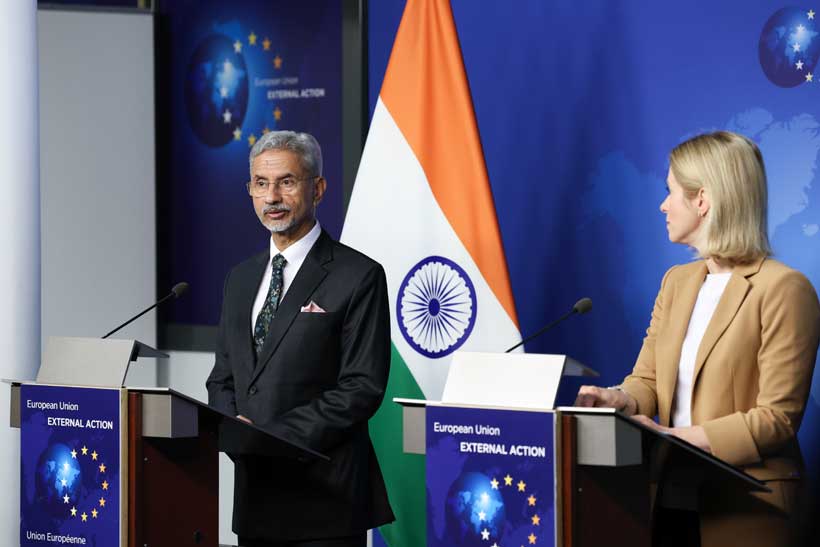
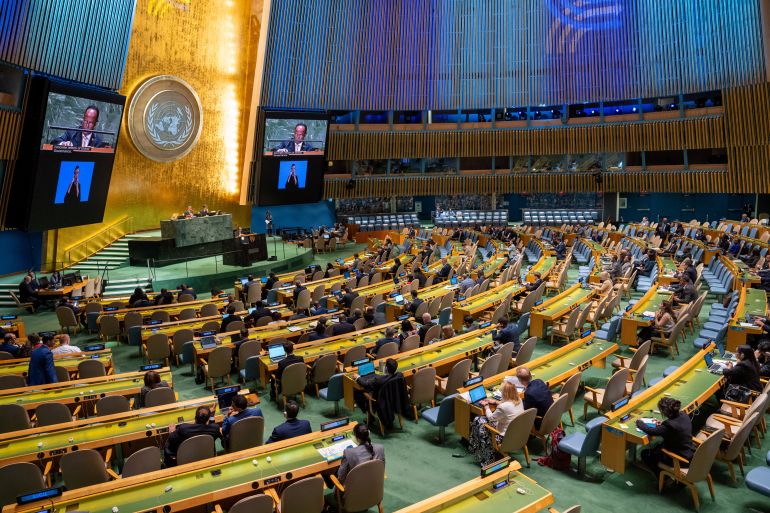
![UN Secretary-General Antonio Guterres delivers a speech at the opening of the 58th session of the United Nations Human Rights Council in Geneva, on February 24, 2025 [Fabrice Coffrini/AFP]](https://www.occasionaldigest.com/wp-content/uploads/2025/09/AFP__20250224__36YG3W6__v1__HighRes__SwitzerlandUnRights-1740392078.jpg)
